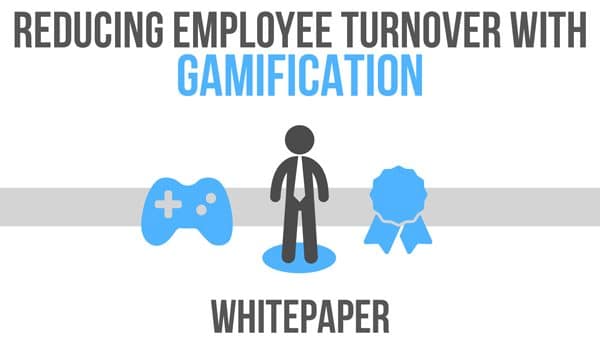The United States may have entered the global economy as an industrial force to be reckoned with, but the past few decades has seen an interesting transformation take place throughout the country. The resources that powered the financial system in the U.S. could once have been found in factories.
However, while gadgets and machines are still being designed and tested in America, the bulk of the economy has shifted from one of production to one of entrepreneurs and service. As a result, the most important resources that most companies possess are not devices but people.
This all has the effect of elevating training to new levels of importance for companies throughout the nation. There was a time when staff members could simply begin their terms of employment on a production line, pick up skills as they worked and eventually move their way through a company. Now personnel are trained the moment they're hired and need to keep learning to stay up to date with new techniques and devices.
Consequently, companies need to explore new training and education options in order to cut costs. One solution that is gaining importance is eLearning. ELearning can teach certain skills and techniques more effectively than traditional methods. ELearning is also a more efficient way of training staff because it frees up employees from lengthy training sessions that deprive other departments of valuable staff members.
However, the most compelling reason for organizations to begin eLearning development is that it cuts costs. According to Virtual College, a study by Fordham University's Creating Sound Policy for Digital Learning series, schools that use a blend of eLearning and traditional techniques spend about $8,900 on each student. In contrast, those that use no eLearning methods spend at least $10,000 for every pupil taught. Planners and managers might have other considerations to make, but few (if any) company leaders spend as much time thinking about anything quite as much as they do budgets and operating costs.
Distances
One obstacle to efficient and effective training that mobile devices and digital learning removes is distance. Some companies recruit all over the world. With eLearning solutions at their disposal, organizations can direct new hires and potential candidates to begin their training before or just after they've been given new positions. This can begin the entire eLearning process in detail or simply give some background information to the employee until on-site training can begin.
Teacher efficiency
Even companies that have dedicated training staffs will likely have trouble properly giving lessons to large new workforces. To make training effective and detailed enough for workers to begin full-time work, trainers need to be able to spend a different amount of time with each pupil. Unfortunately, the amount of time needed is almost impossible to judge at the outset of a seminar or class, so it's hard to allocate the right number of resources to each staff member.
When companies use eLearning for training programs, workers can complete the training at their own pace. This makes it possible for particularly adept workers to move quickly through the ranks and start contributing to an organization while training instructors spend time with employees that need a bit more direction.
Contact Christy Beiermann at cbeiermann@csesoftware.com or 1.309.263.7595 and ask for an eLearning demo today!



